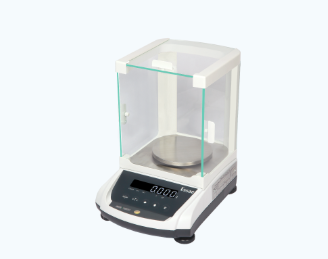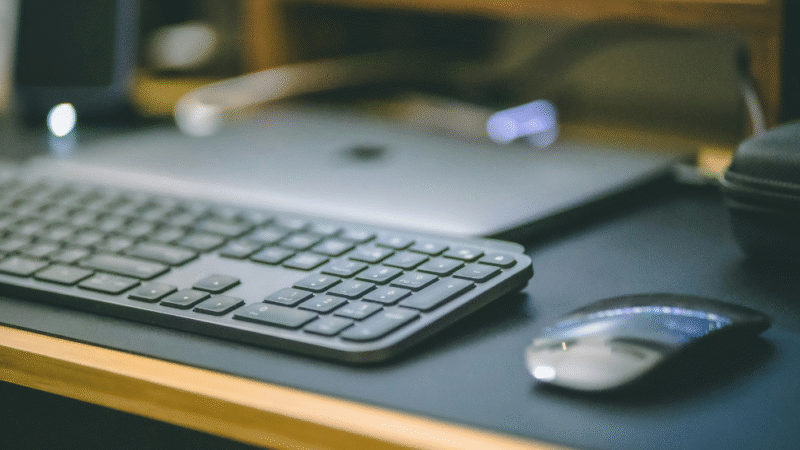Why Every Modern Lab Needs a Digital Weighing Balance for Laboratory Precision

In scientific research and development, accuracy isn’t optional — it’s essential. Whether it’s weighing minute quantities of a pharmaceutical compound, formulating chemicals for testing, or preparing solutions for clinical trials, your lab’s accuracy is only as good as your measuring tools. That’s why a Digital Weighing Balance for Laboratory use is a must-have for today’s researchers.
This article explores why modern laboratories should upgrade to high-precision digital weighing balances, their advantages, how to choose the right one, and what features leading scientists look for when investing in lab weighing technology.
The Crucial Role of Accurate Weighing in Laboratory Settings
Laboratories, especially those involved in pharmaceutical R&D, chemical testing, or food safety analysis, require precise weighing down to the milligram or even microgram. A minor deviation in measurement can lead to inaccurate results, failed formulations, and regulatory non-compliance.
Take, for instance, a senior research scientist in a pharmaceutical lab working on drug formulation. She must ensure that each ingredient is measured to the exact decimal to maintain the efficacy and safety of the drug. This is only possible with a high-precision digital weighing balance for laboratory use.
What Is a Digital Weighing Balance?
A digital weighing balance is a laboratory instrument designed to provide extremely accurate weight measurements. Unlike traditional mechanical balances, digital models offer:
- Greater readability (up to 0.0001 g or 0.1 mg)
- Faster stabilization
- Automatic calibration
- Electronic data storage and transfer
- Touchscreen or digital display interfaces
These features make them indispensable in modern laboratories, especially those working under Good Laboratory Practices (GLP) or ISO regulations.
Key Benefits of Digital Weighing Balances in Laboratories
1. Unmatched Accuracy and Precision
Modern balances use electromagnetic force restoration (EMFR) technology, ensuring consistent, highly accurate readings. This is critical for micro-dosing, chemical formulation, and sensitive analyses where ±0.1 mg errors could impact an entire study.
2. Internal Calibration for Reliable Results
Many models include automatic internal calibration, which compensates for temperature fluctuations and environmental changes — a common challenge in busy labs.
3. Digital Connectivity
Data can be instantly saved or exported via USB, RS232, or Bluetooth. This improves documentation, supports audit trails, and integrates easily with LIMS or other lab software systems.
4. Faster, More Efficient Workflows
Digital balances stabilize readings more quickly, reducing the time spent on each weighing task. Built-in timers, taring functions, and sample libraries further speed up repetitive weighing jobs.
5. Compact, Durable Designs
Designed for cleanroom or bench-top environments, these balances are compact, easy to clean, and often include anti-static coatings and anti-vibration pads for stable operation.
Use Cases Across Laboratory Types
A digital weighing balance for laboratory use is not limited to pharmaceutical research. Its high precision and reliability make it indispensable across various laboratory environments:
🧪 Chemical Laboratories
In chemical R&D labs, accurate mixing and synthesis of compounds are the foundation of innovation. Whether it’s titration, reaction experiments, or formulation studies, even the smallest error in measurement can lead to failed experiments or hazardous outcomes. A digital weighing balance ensures precise dosing and repeatability in every step.
🌱 Environmental Testing Labs
Environmental labs require precision to detect trace levels of pollutants, heavy metals, and organic contaminants in soil, water, and air samples. Digital balances with microgram readability enable accurate analysis and support regulatory reporting for EPA or CPCB standards.
🍲 Food Research and Quality Control
In the food and beverage industry, weighing accuracy affects both taste and safety. From ingredient standardization to nutritional content validation, digital balances help ensure consistency and compliance with FSSAI and international norms.
🎓 Educational Institutions
Universities and research colleges use digital balances to teach future scientists about quantitative analysis and scientific rigor. They’re essential tools for chemistry, biology, and pharmacy students in practical lab sessions.
🔍 Forensic Laboratories
In forensics, precision isn’t just desirable—it’s legally required. Digital balances are used to weigh evidence samples, powders, residues, and chemical substances. These balances provide traceable data crucial in legal investigations and court reporting.
Wherever accuracy, traceability, and compliance are essential, a digital weighing balance makes the difference between a reliable result and a compromised outcome.
Choosing the Right Digital Weighing Balance for Laboratory Use
Here’s what professionals should consider when selecting a digital balance:
✅ Readability and Accuracy
Choose a balance that meets or exceeds the precision required for your specific application. Common readabilities are 0.1 g, 0.01 g, 0.001 g, and 0.0001 g.
✅ Capacity
Ensure the model can handle your typical sample weight — some balances have capacities from 100 g up to several kilograms.
✅ Calibration Options
Go for internal calibration if the lab experiences temperature shifts or has limited time for manual recalibration.
✅ Environmental Resistance
In high-sensitivity applications, opt for models with draft shields, anti-vibration mechanisms, and static elimination.
✅ Data Integration
Check compatibility with lab data systems for automated recordkeeping and traceability.
✅ Brand and After-Sales Support
Choose a manufacturer known for reliability, service, and calibration support.
Common Features Scientists Love
Based on the requirements of professionals like Dr. Meera Kapoor, senior pharmaceutical researchers often prefer:
- High precision (0.1 mg or better)
- Real-time data output and export
- Compact design for small lab benches
- Touchscreen interfaces for intuitive use
- Audit-trail compliant software
When choosing a digital weighing balance for laboratory work, these features aren’t luxuries — they’re necessities.
Regulatory Compliance Made Easier
Industries like pharma, biotech, and food safety require strict adherence to international standards like:
- GLP (Good Laboratory Practices)
- GMP (Good Manufacturing Practices)
- ISO/IEC 17025
- FDA and WHO standards
A high-quality digital weighing balance for laboratory helps ensure these standards are met with automated calibration logs, user access control, and traceable documentation.
The future of laboratory research depends on precision, speed, and compliance — and none of these is possible without reliable weighing. A digital weighing balance for laboratory use isn’t just a convenience — it’s an investment in accuracy, quality, and operational excellence.
Whether you’re involved in pharmaceuticals, environmental testing, or advanced chemical R&D, now is the time to upgrade your weighing equipment and bring your lab into the digital age.



